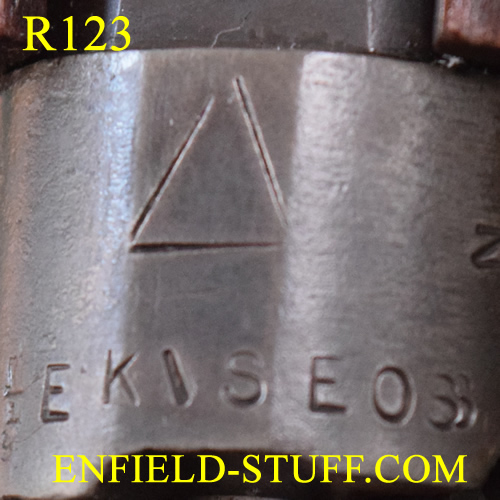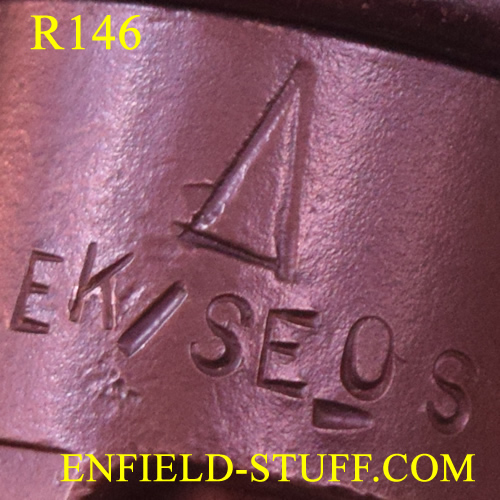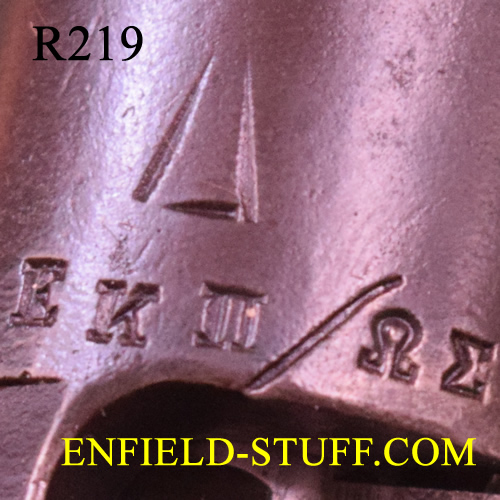Enfields in Queue: Greece
Marked to Royalist paramilitary forces fighting the communists in the Greek Civil War. The war started in 1944 when the two principal Greek guerrilla forces that had resisted Nazi Germany's occupation—the communist-controlled National Liberation Front–National Popular Liberation Army (EAM-ELAS) and the Greek Democratic National Army (EDES)—came into conflict after EAM-ELAS set up a provisional government that rejected the Greek king and his government-in-exile. When Germany withdrew from Greece in 1944, the communists and royalist guerrillas were brought together by the British in an uneasy coalition. Because the communist guerrillas refused to disband their forces, a bitter civil war broke out in late 1944 that was put down by British forces. After elections that the communists did not participate in, the Greek king was restored to his throne. In 1946 a full-scale guerrilla war was reopened by the communists. Both Britain and the U.S. began supplying the Greek democratic forces. Large quantities of SMLE's, No. 4's, and P-14's were supplied by the British and were issued to anti-communist paramilitary militia. After a bitter and brutal war in Greece's northern mountains, in 1949 the communists announced the end of open hostilities. An estimated 50,000 Greeks died in the conflict, which left a legacy of bitterness still felt to this day. These rifles are marked on the receiver to a Royalist Militia who served against the communists.
Most of the Greek rifles we have seen are marked with a delta (triangle) on the knox form above Greek letters.



